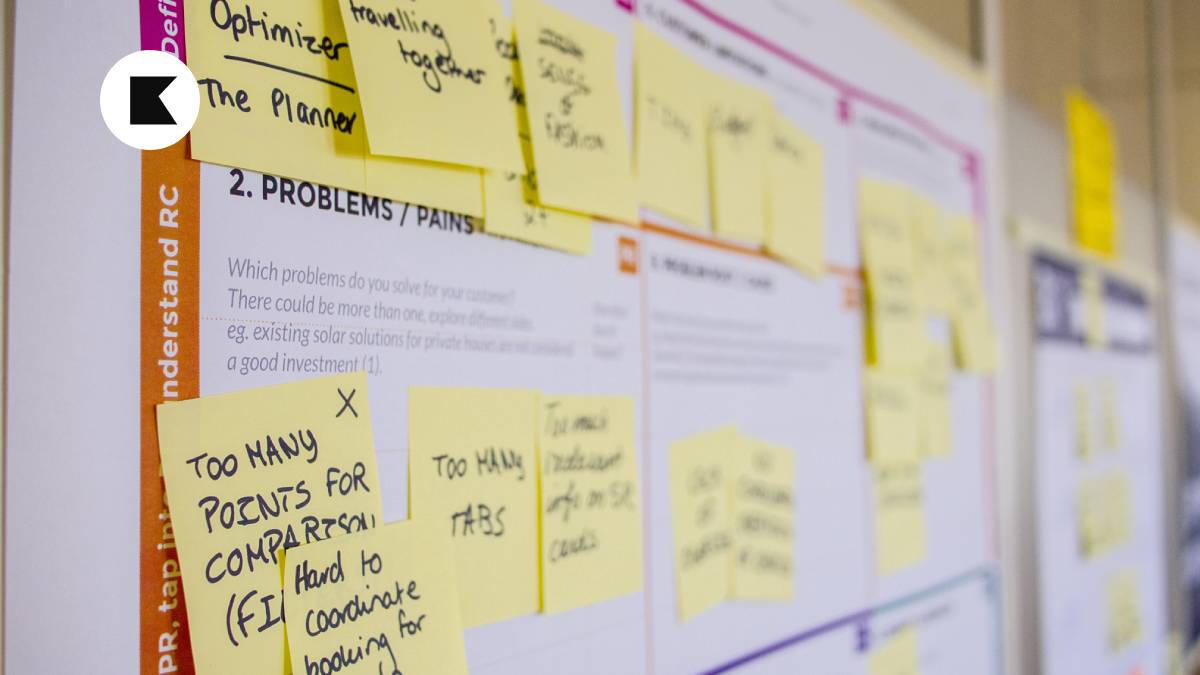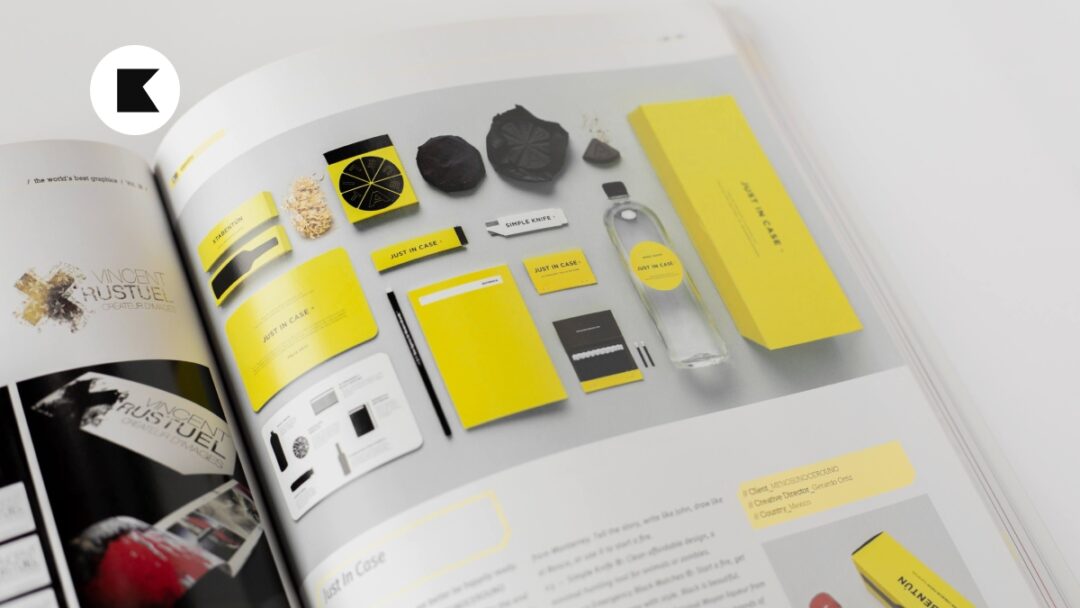Hey, what’s up! In the fast-paced world of product management, choosing the right development approach is crucial. Whether you are working on a cutting-edge tech product or any other product, the way you approach development can significantly impact the outcome. In this newsletter, we’ll dive into the age-old debate of Agile vs. Waterfall methodologies. Let’s explore these approaches, understand their nuances, and figure out which one suits your needs the best. Let’s get started!
1. Understanding Agile: Embracing Flexibility
Agile methodology is like jazz – it’s all about improvisation and adaptability. In the Agile world, projects are divided into small increments, allowing teams to respond swiftly to changes. Here’s why Agile may work for you:
- Flexibility: Agile allows for constant adaptation to evolving requirements.
- Iterative Development: Products are developed in small, manageable chunks, making it easier to spot and rectify issues early.
- Client Collaboration: Agile encourages constant feedback from clients, ensuring the end product aligns with their vision.
2. Understanding Waterfall: Structured Precision
On the flip side, Waterfall is more like classical music – structured and precise. In this approach, each phase must be completed before the next one begins. Here’s why Waterfall might strike a chord with you:
- Clarity: Waterfall offers a clear project roadmap from start to finish.
- Thorough Planning: Extensive planning in the initial stages reduces the likelihood of mid-project changes.
- Well-Defined Milestones: Achieving one phase’s goals before moving to the next ensures steady progress.
3. The Non-Tech Angle: Agile vs. Waterfall in Everyday Projects
These methodologies aren’t confined to the tech realm. Whether you’re launching a new fashion line or planning a community event, Agile and Waterfall principles can be applied.
For example:
- Event Planning: Agile lets you adjust plans in real-time as attendee numbers fluctuate.
- Product Launch: Waterfall’s structured approach ensures that every aspect of the launch is meticulously planned and executed.
4. Choosing the Right Approach: A Simple Guide
Picking between Agile and Waterfall isn’t a one-size-fits-all scenario. Consider the following when making your decision:
- Project Complexity: For intricate, large-scale projects, Waterfall might offer better control.
- Client Involvement: Agile is ideal if clients prefer active involvement and regular updates.
- Budget and Timeline: If you have strict budget constraints and deadlines, Waterfall’s predictability could be advantageous.
5. A Hybrid Approach
In the dynamic world of project management, the line between Agile and Waterfall isn’t always black and white. In fact, many successful projects have embraced a hybrid approach, combining the best of both worlds. This approach allows for structured planning while still accommodating changes on the fly.
Example: Launching a Marketing Campaign
Let’s say you’re spearheading a marketing campaign for a new product launch. The initial phase, including market research and campaign strategy, demands a Waterfall approach. Detailed planning ensures you cover all bases before the campaign kicks off. However, once the campaign is live, Agile principles come into play. Real-time data analytics and customer feedback allow you to tweak your strategies on the go, ensuring maximum engagement and impact.
The Roundup
In the ever-evolving landscape of product management, the choice between Agile and Waterfall isn’t a strict dichotomy. The introduction of a hybrid approach offers a middle ground, catering to both structured planning and adaptability. By understanding the nuances of each methodology and recognizing the unique requirements of your product, you can craft a customized approach that maximizes success.
As always, thanks for reading. Keep learning, keep growing!
Love My Newsletters? Work With Me
Do you love reading my newsletters? Perhaps we could work together? Here are 4 ways that I can help you.
1. Weekly Newsletter
Every Monday morning you’ll receive the popular KJDADA Newsletter. You’ll get 1 actionable tip on how to design, launch, grow and monetize products that people love.
2. Online Consultancy
Let’s navigate your product management journey together through online sessions and a personalized report and roadmap. I’ll guide you efficiently from A-to-Z while helping you deliver impactful products to the market with confidence.
3. Product Management
At times, your team’s internal resources may be limited in specialist product areas. Partner with me and collectively we can unlock a broader and richer spectrum of product possibilities.
4. Brand, Website & Email Management
Three important products that any business needs are a quality brand, a quality website and professional email services. Let’s have a chat and explore exciting possibilities together.





